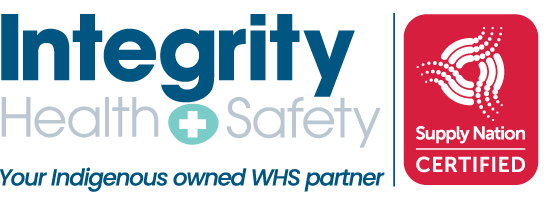The thing about health emergencies is that you should always expect the unexpected; that’s why brushing up on the basics of safe and healthful practices can make all the difference between life or death when you’re in public places. Even if professional healthcare providers are just a speed dial away, every minute counts, especially when handling time-sensitive dangers like sudden cardiac arrests.
What is a Sudden Cardiac Arrest?
It’s easy to interchange sudden cardiac arrest with a heart attack, but the two have distinct characteristics, which is why learning the differences matters. One is more pressing than the other, where a sudden cardiac arrest involves the heart stopping without warning as a direct result of an electrical failure.
With a whopping 26 per cent of all deaths related to cardiovascular disease and cardiac arrests, it’s only logical to think that the general public needs to improve their rudimentary knowledge and skills on life-saving techniques for emergencies.
In that sense, learning how to operate a battery-powered defibrillator when there are no medical professionals are on-site prepares you to respond in a way that can prevent death.
Why are Defibrillators the Only Effective Intervention that Boosts the Survival Rate?
As mentioned above, a sudden cardiac arrest is an unpredictable condition that can stop heart function and prevent it from pumping blood to all your vital organs. Unlike a heart attack, cardiac arrests cause the heart to completely fail due to an electrical malfunction; that’s why defibrillators play a vital role in dealing with this heart condition.
Defibrillators or AED (automated external defibrillator) can sense irregularities with the heart’s rhythm and send electric shocks, allowing the heart to spring to life back into sinus rhythm. When you follow it up with the immediate applicate of cardiopulmonary resuscitation (CPR), you can act as a living life support machine and allow the heart to deliver oxygenated blood.
Using defibrillation and CPR can increase the person suffering from sudden cardiac arrest from 6 per cent to 74 per cent if they manage to use the AED within 3 to 5 minutes, making it a critical skill to learn for various medical situations. Keep in mind that for every minute the patient in question goes without a defibrillator, their chances of survival can drop down to 10 per cent.
How to Use a Defibrillator for Non-Medical Professionals?
It pays to invest in an AED for public use — be it for the workplace, at home, near shopping centres, parks, and more. The great thing about this is that its user-friendly design makes it possible to operate even for a person with little-to-no medical training, plus it will guide you by sending these prompts:
- Call Australia’s emergency number: 000;
- Expose the person’s bare chest;
- Connect the cables to the electrode pads;
- Dry the person’s chest;
- Remove the protective plastic and attach the electrode pads;
- Place the first pad below the person’s collarbone, which should be on the right upper anterior side of the chest;
- Place the second pad just below the nipple, which should be on the left lower anterior of the chest;
- Press the ANALYSE button — you should hear the voice prompts by then;
- The ANALYSE button should tell if the heart is at a “shockable” rhythm;
- Once the AED says you can use electric shock, push the flashing SHOCK button. However, there are some AEDS that can automatically shock the person once it deems it necessary;
Once the shock has been sent, it’s crucial to immediately follow up with CPR to encourage the heart to pump blood. Of course, not all public places have immediate access to defibrillators, so you should practice CPR first while another bystander looks for an AED while another can call for the paramedics.
The Bottom Line: The Role of Defibrillators in Public Spaces and How It Saves Lives
Defibrillators are becoming more accessible in public spaces like airports, workplaces, train stations, and community centres, thanks to their key role in helping someone survive a sudden cardiac arrest.
Remember that a person suffering sudden cardiac arrest needs immediate attention, and by improving your first aid knowledge, saving a life can be easy as CPR and AED. It also helps to join first aid and CPR training to boost your awareness, so in case you run into medical emergencies, you have the confidence to respond promptly and possibly save a life.
Where can You Find the Best Health and Safety Products?
We strive to make health more accessible for everyone; that’s why Integrity HS partners with health organisations to improve your public safety and healthcare capabilities outside hospitals. We’re Australia’s leading full-service Indigenous-owned provider for health and safety products such as defibrillators, first aid kits, and more.
We also offer first aid training programs to improve your response during emergencies, allowing you to reduce further damages while waiting for the paramedics to arrive.
Call us on 1300720024 and see what we can do to promote good health for everyone!




Comments are closed.